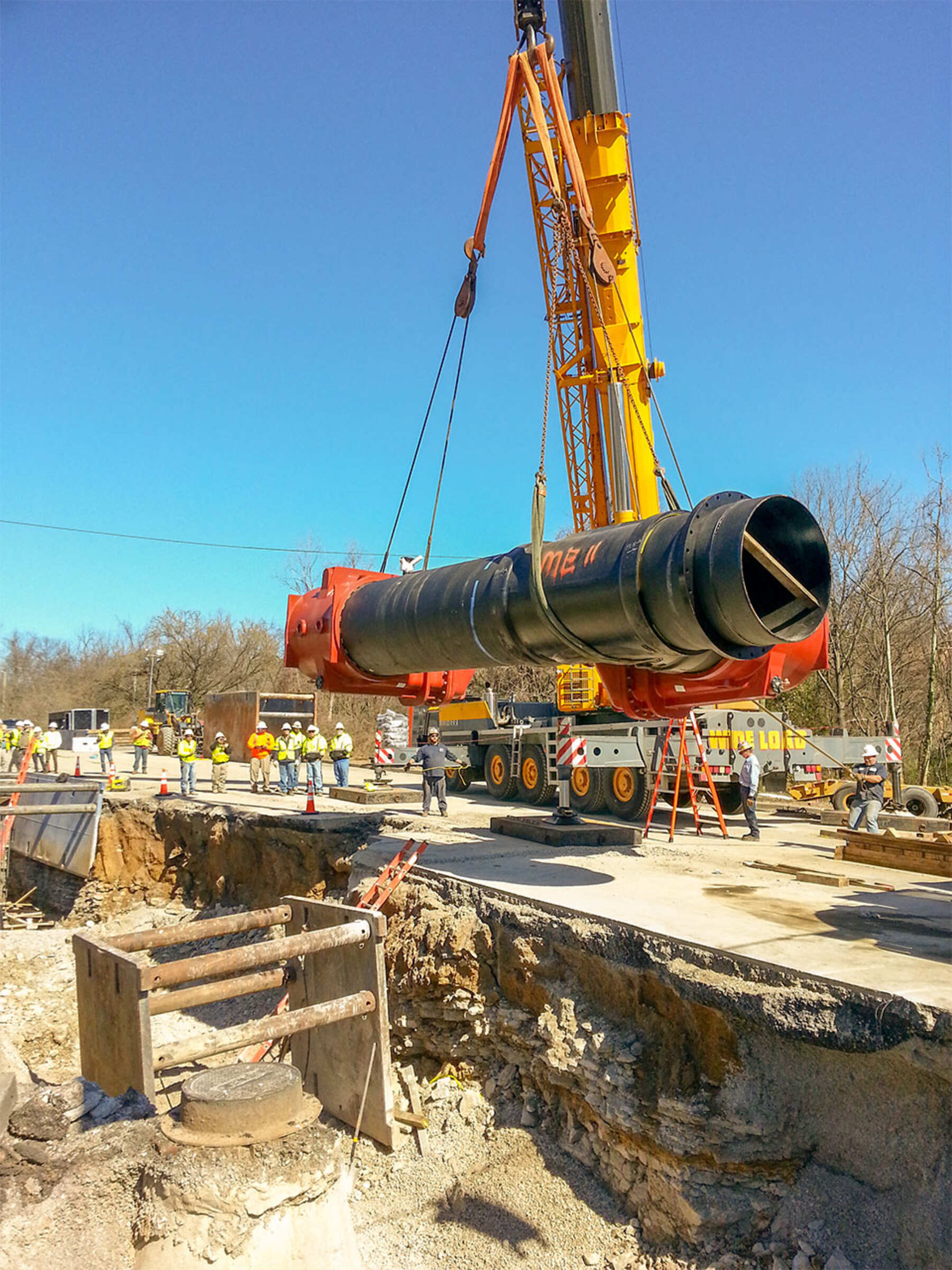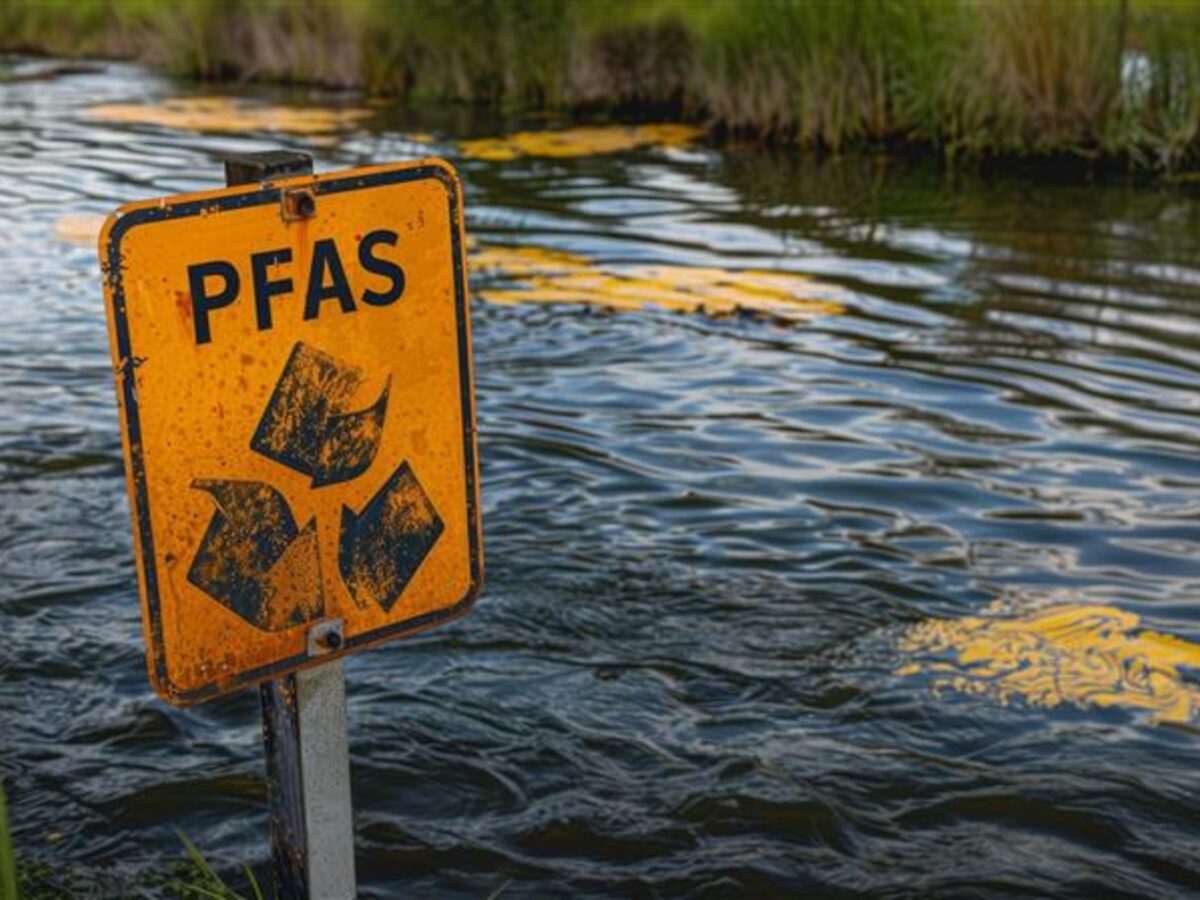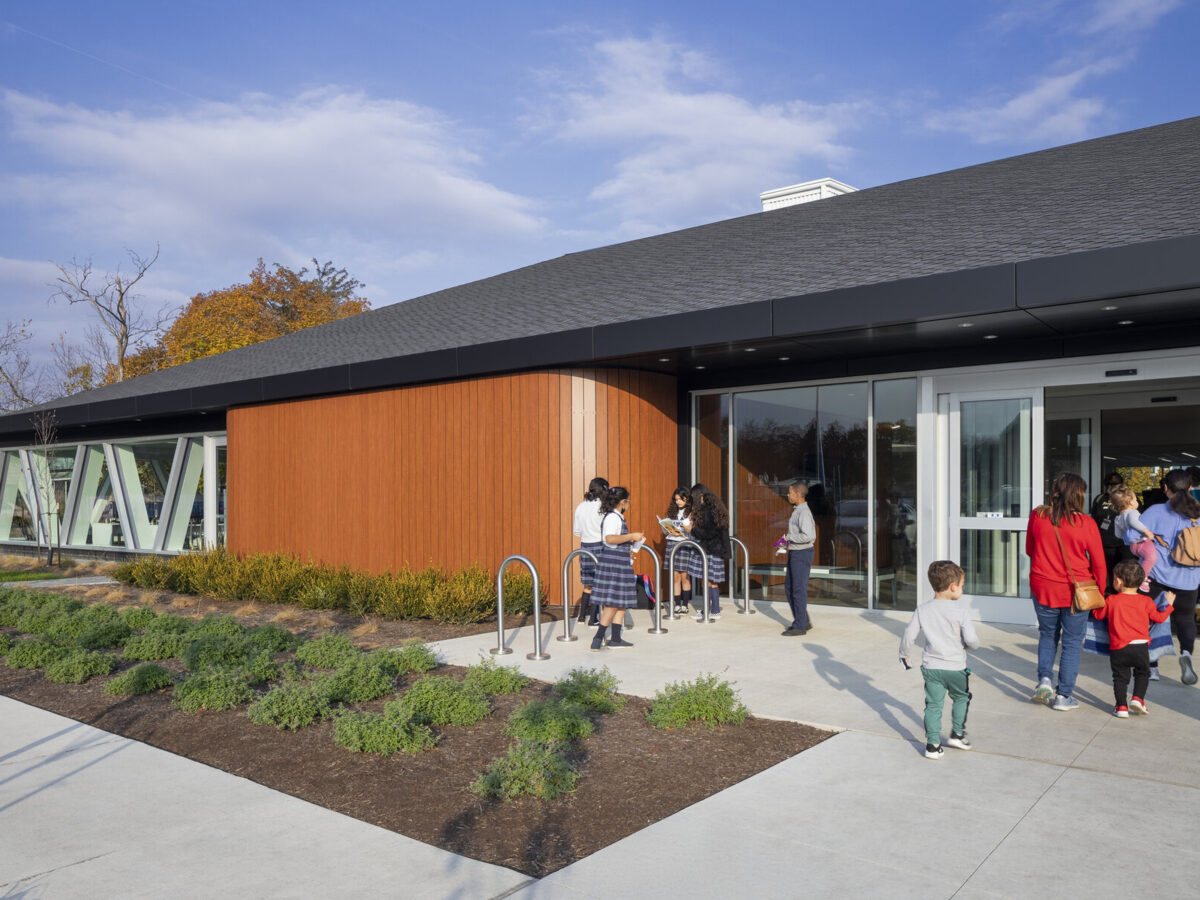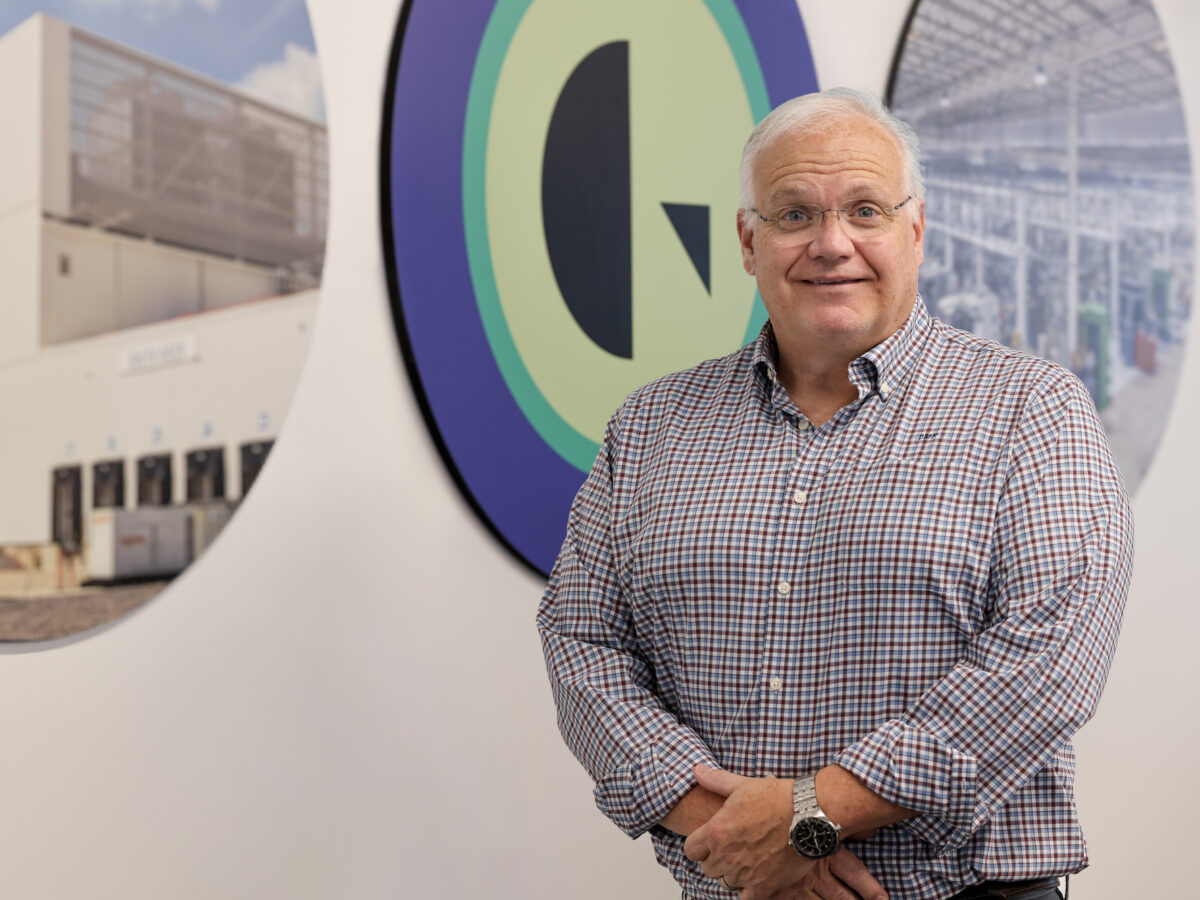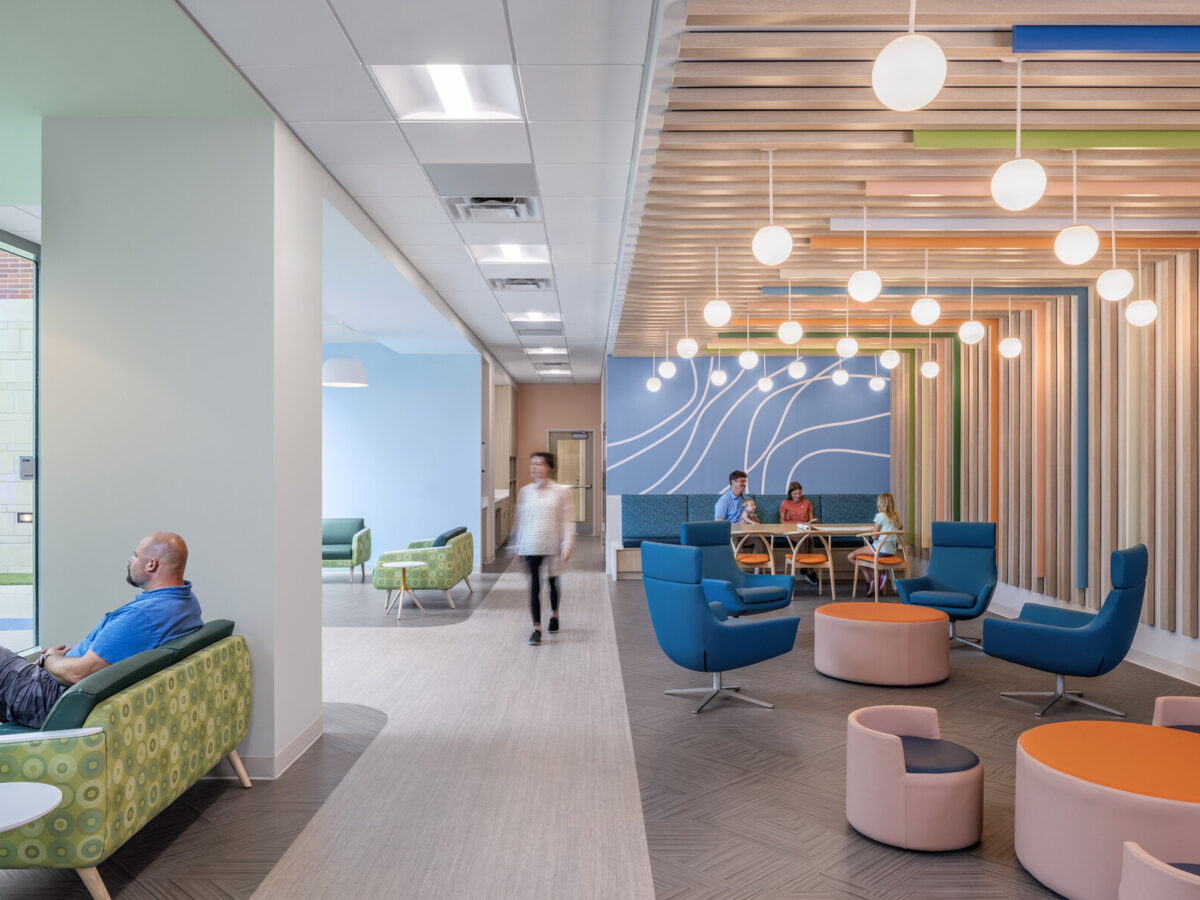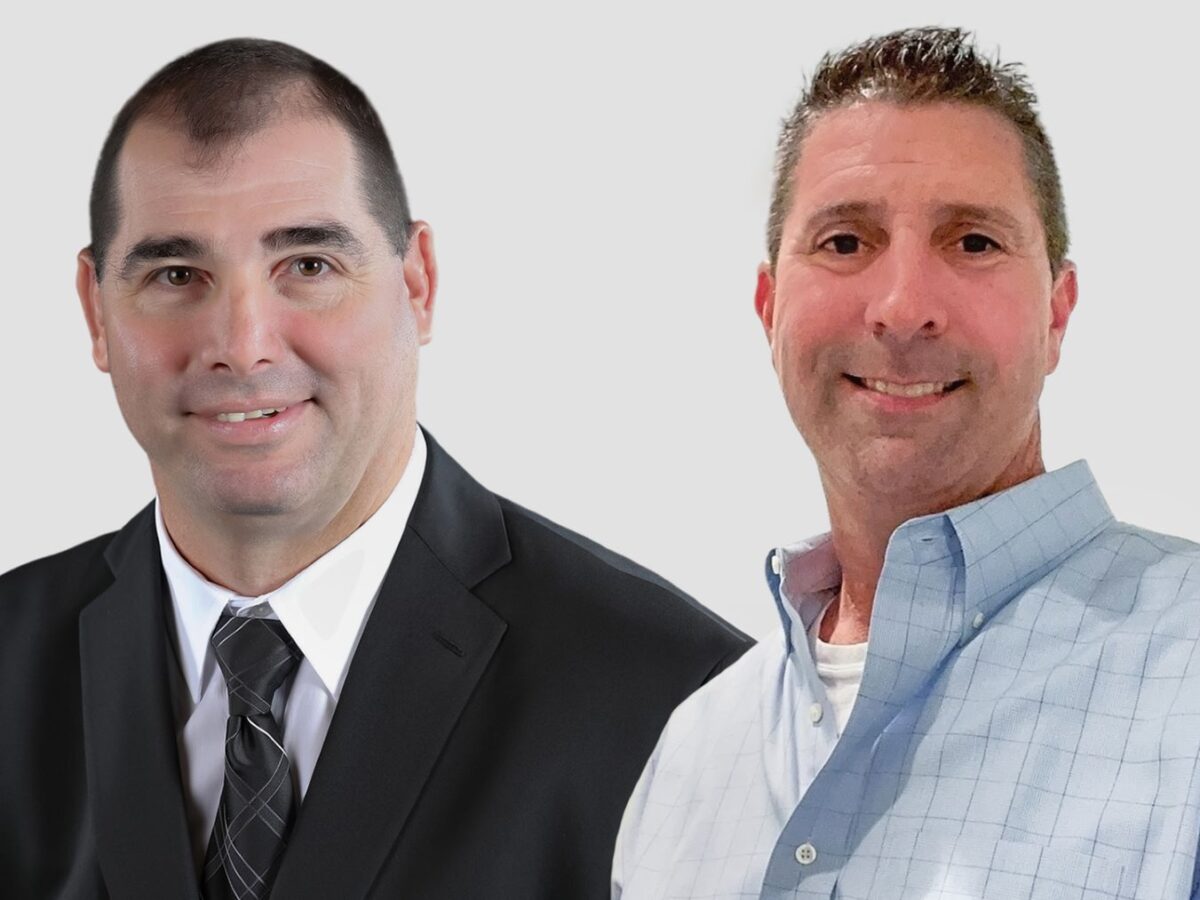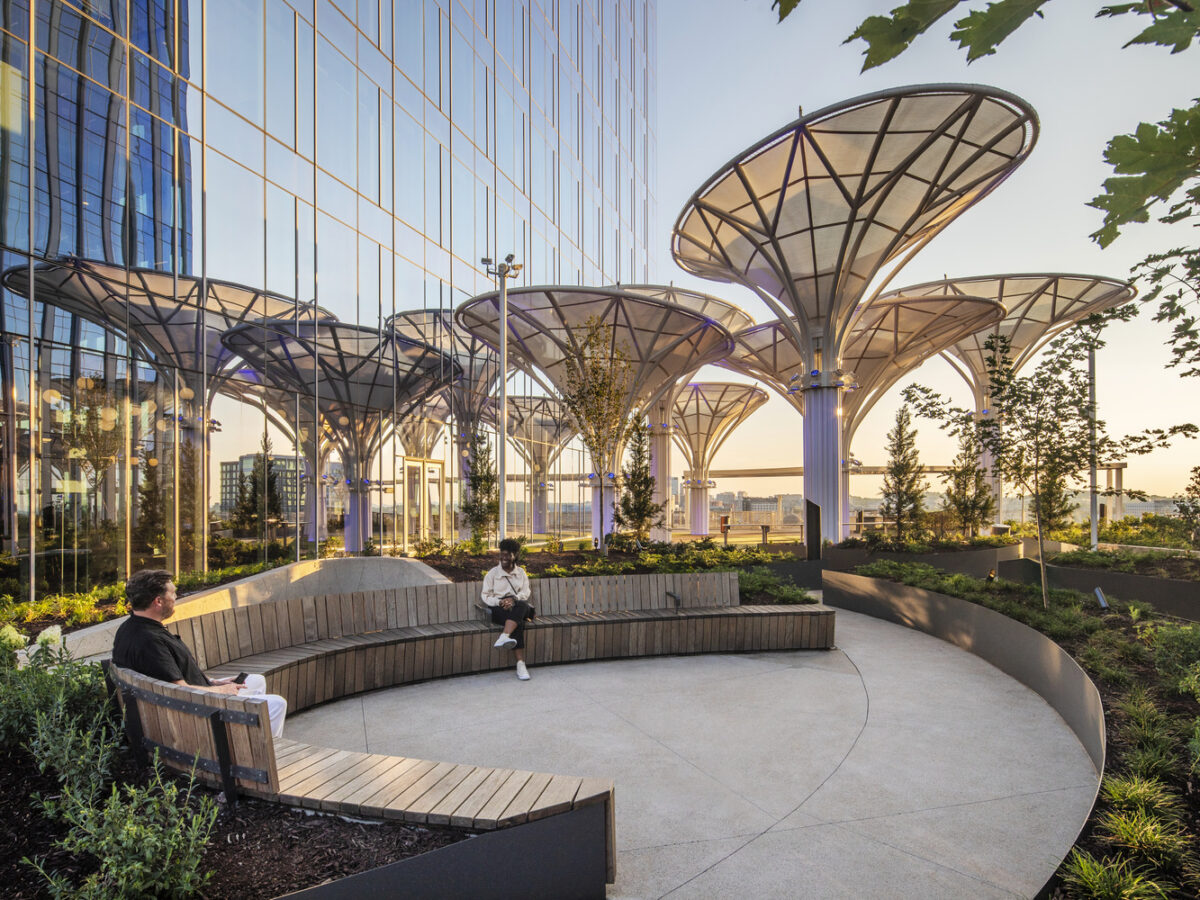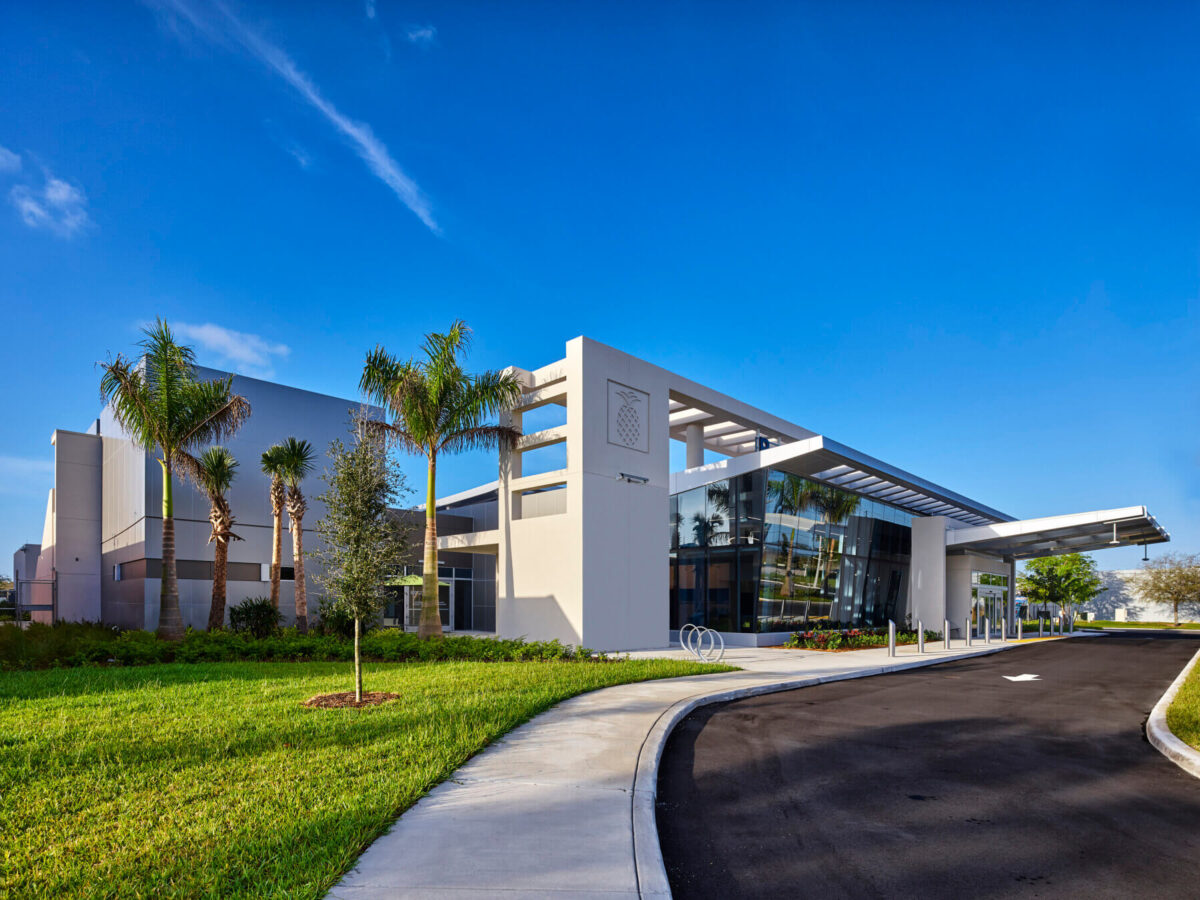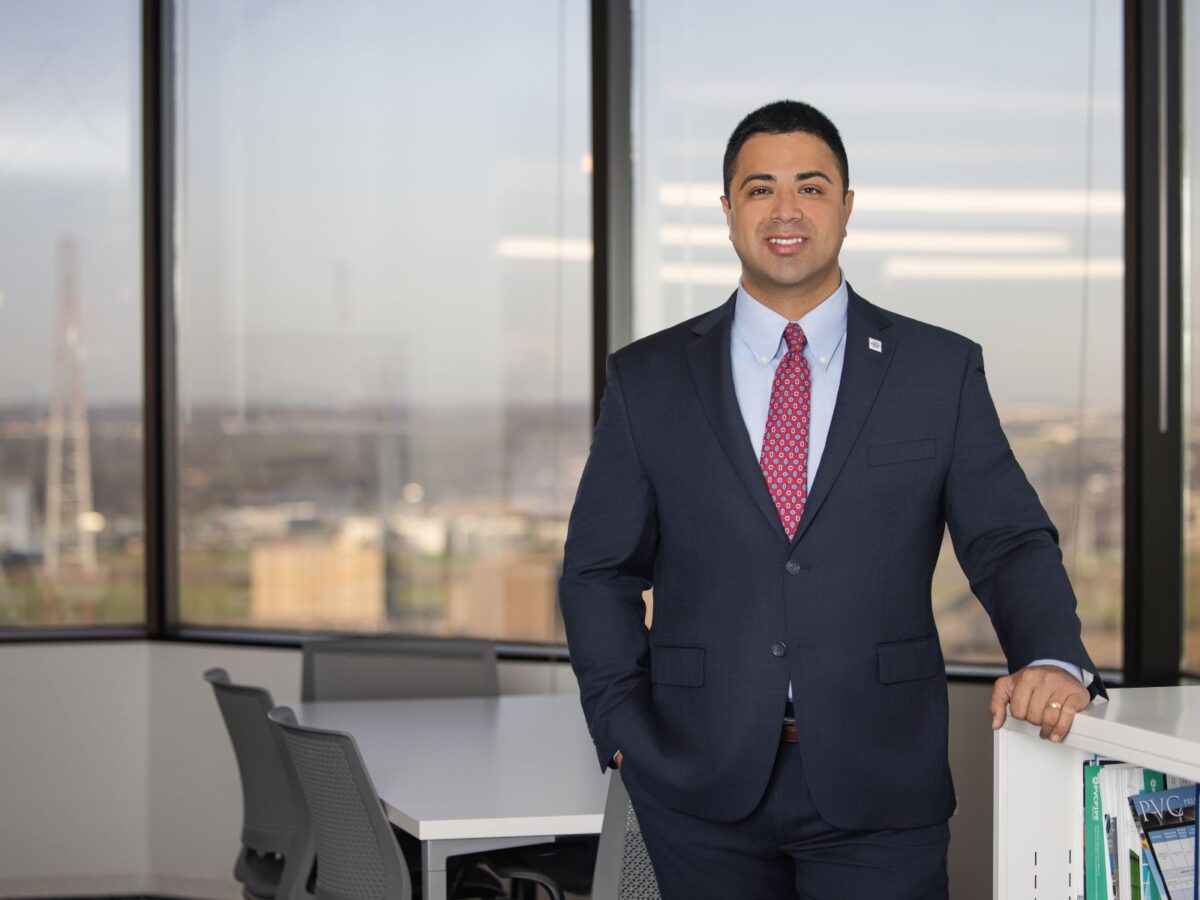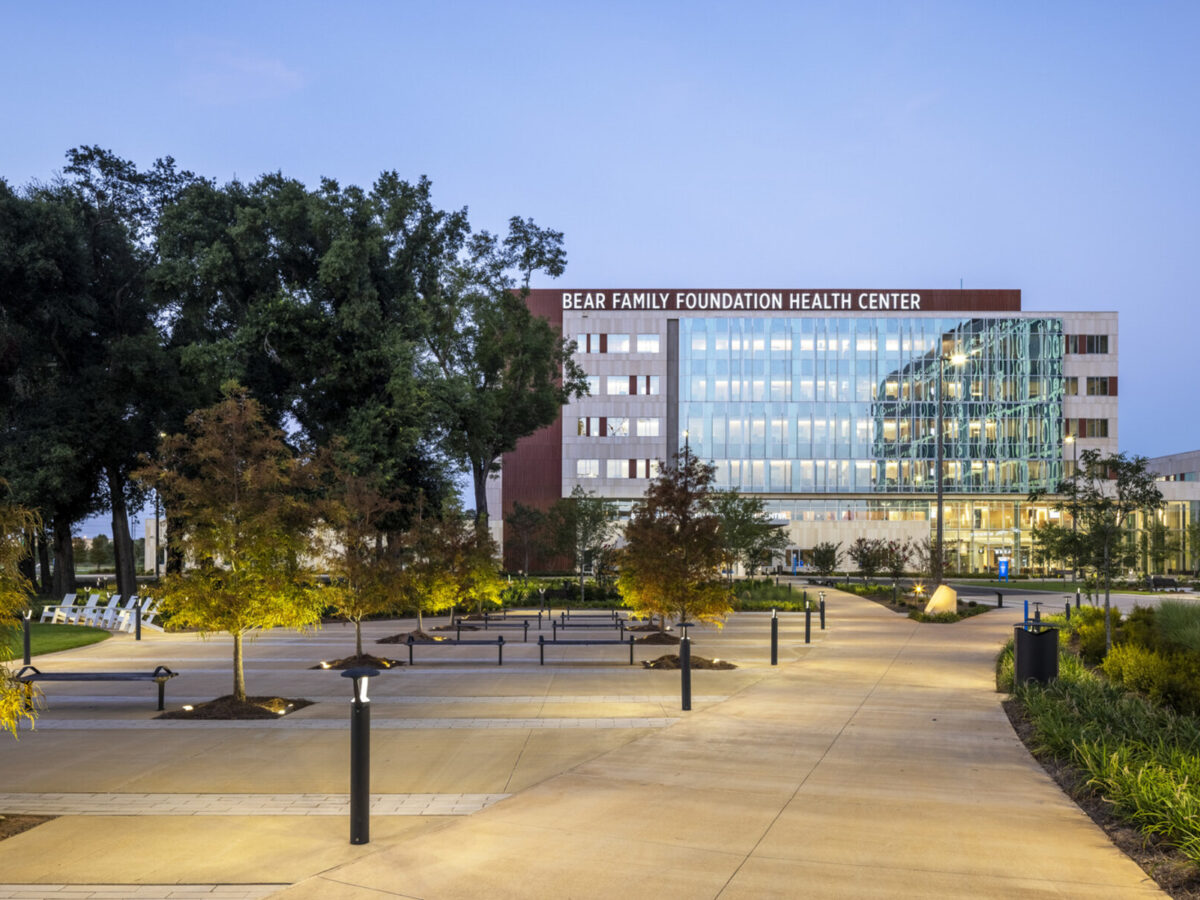As everybody knows, utility coordination is essential in the success of most state and local highway construction projects. You didn’t know that? OK, so not everybody knows that, and I guess that’s where I come in! Underground utility infrastructure is often the biggest unknown on a highway construction project. In fact, unmapped or incorrectly located utilities can significantly delay a project schedule and produce major construction cost overruns.
Almost every highway construction project includes the accommodation and relocation of utilities, since utilities are often found within or adjacent to the highway right-of-way. I have spent more than 20 years in the utility design realm, working on more than 200 roadway projects. In that time, I have learned the importance of looking ahead before scheduled work begins to identify construction issues and other potential conflicts associated with existing utilities.
In this post, I take a look at the utility coordination services our Transportation group offers to our clients in an attempt to minimize delays and avoid unforeseen costs.
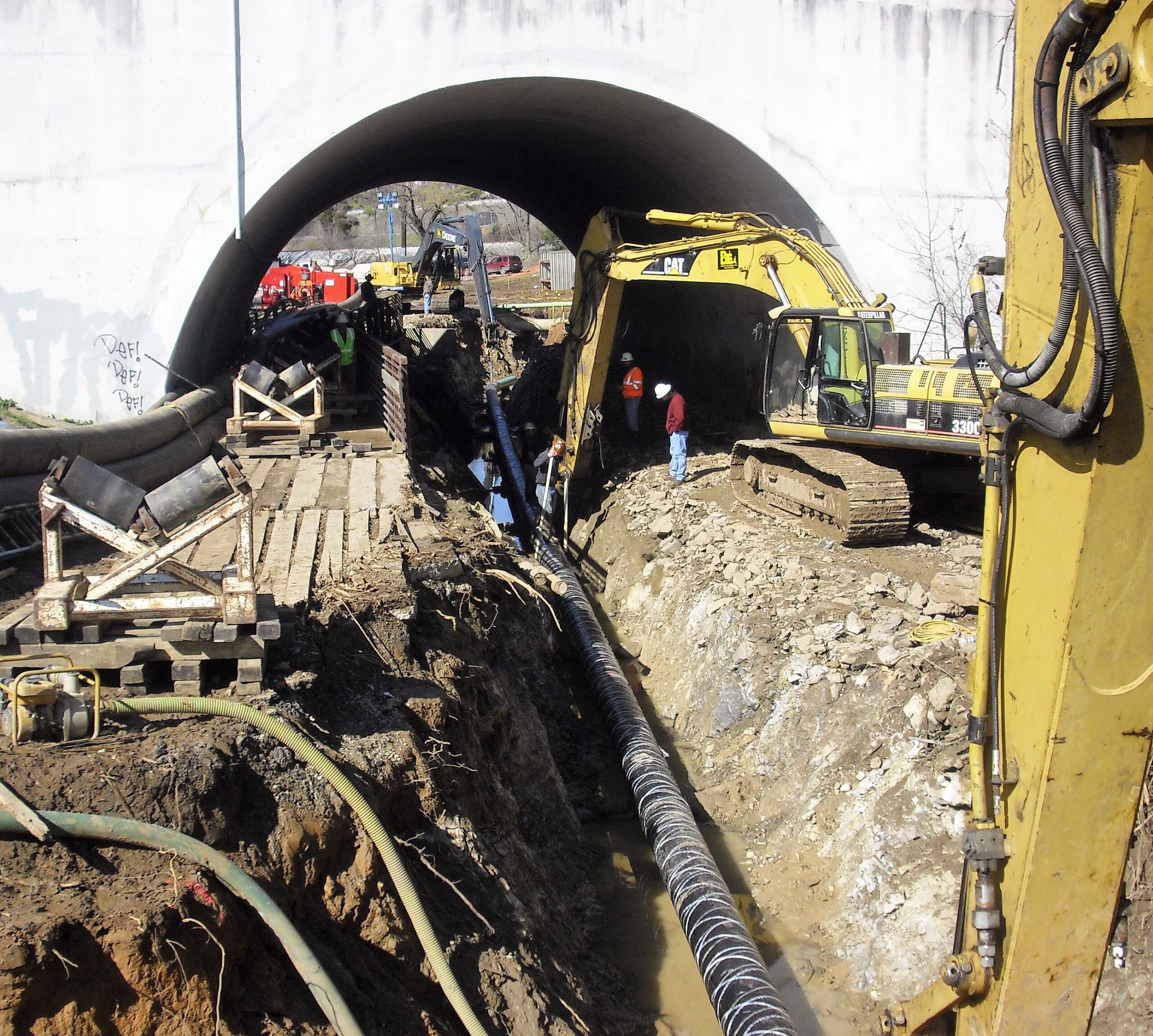
Utility Coordination: Planning Around What’s Beneath the Ground
As early as the preliminary planning stage of a project, it is important for roadway engineers to research and anticipate potential conflicts with existing utilities during construction. Unfortunately, underground utilities are often overlooked and are typically the most expensive.
In addition to accommodating your basic water and sewer lines, a roadway could be a corridor for a major natural gas line, a critical duct bank full of telecommunication infrastructure, or possibly underground electric distribution. Not only is it necessary to understand what might need to be relocated, it is also critical that someone familiar with the construction requirements of all the potential utilities is involved in sequencing and coordinating any potential relocations of those facilities.
At Gresham Smith, we offer two different types of utility coordination services, one of which is provided during the design phase of roadway projects. During this pre-construction phase, we work closely with utility owners and local government agencies by assisting with the review of design drawings—submitted by either the utility companies themselves or their consultants—as well as construction estimates submitted for any work that is proposed to be done. Having these relationships in place allows us to address any potential utility issues during the design of a project.
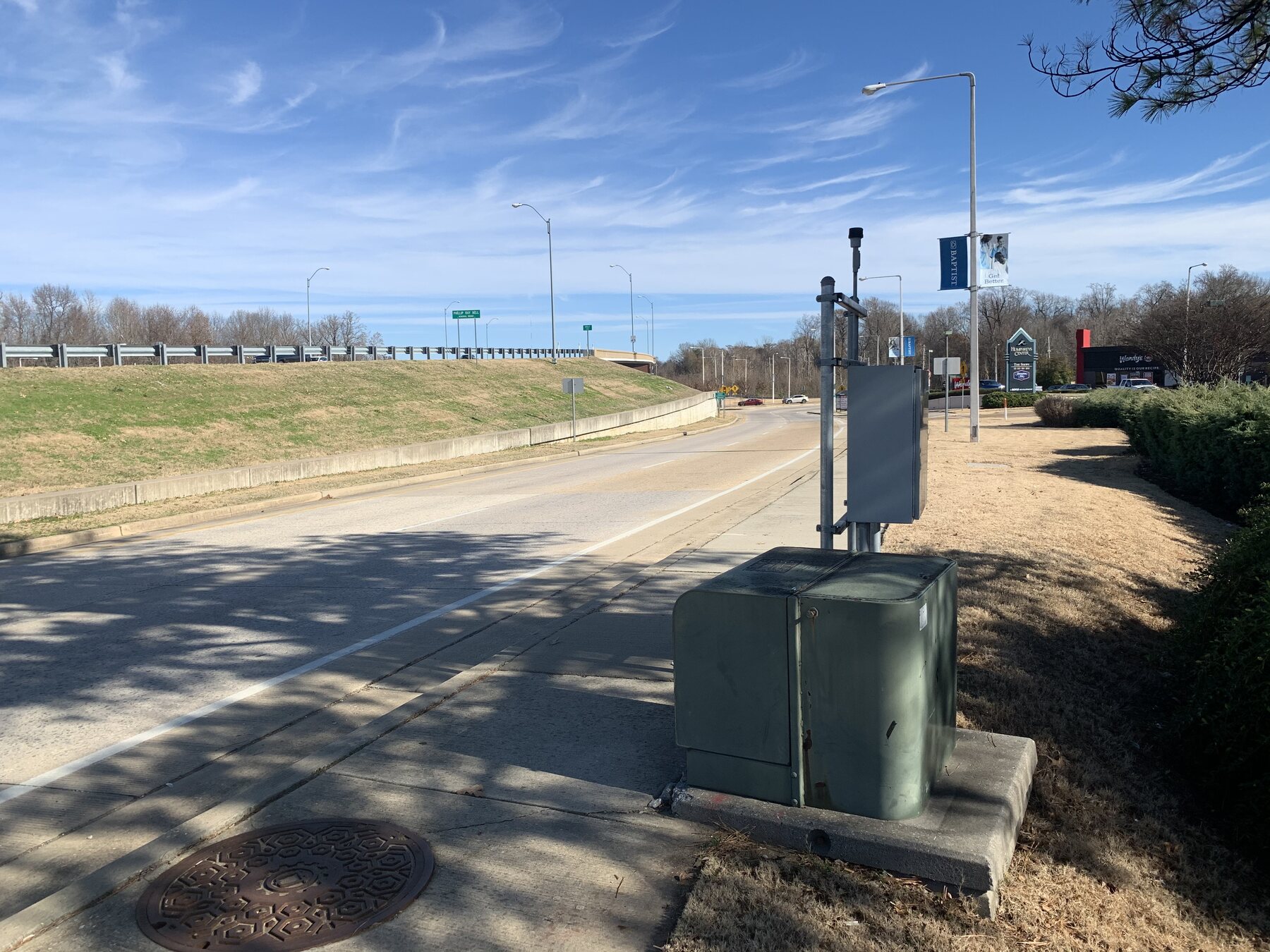
The Walnut Grove Road project we performed as part of our statewide utility relocation on-call contract is a good example of this “during design” coordination. This busy stretch of road not only moves a lot of people, but also accommodates numerous services such as telephone, gas, electric and Coaxial CATV lines, as well as both water and sewer mains.
Coordination of seven separate utilities was necessary to make sure only minimal delays were experienced by local end-users, including a large hospital, physicians’ offices, Christian Brothers campus and even the FBI. We achieved this by anticipating potential issues and working with the utilities, along with the City of Memphis, to devise solutions that made the utility relocation process both efficient and cost-effective.
Coordination During Construction
The other utility coordination service Gresham Smith offers is providing coordination services with utility companies during the construction of a roadway project—especially at the start of construction, where unknown conflicts are likely to occur in the field. Having site information gleaned from our extensive surveys and site research conducted at the outset of a project gives project designers and engineers a longer lead time to develop a solution that keeps a roadway project both on time and on budget.
One of the largest challenges of utility coordination during construction is maintaining a positive atmosphere when working with the sheer number of entities that can be involved in one roadway project. Most projects not only involve multiple utilities, but each entity has its own relocation plans which, unfortunately, never take the other utilities into account. If coordination is not addressed during the design of these relocations, the result is the delicate balance required to coordinate each of the entity’s designs provided by either in-house or consultant design documents, and bringing them all together inside what is typically an extremely limited space.
Pleasing everyone in a scenario like this can be difficult and typically requires construction sequencing as well as accommodating future access for repairs and maintenance. Trust me—the last thing a utility wants to do is redesign a section of their facility or have to purchase easements from property owners.
Essentially, utility coordination is a keep-everybody-happy type of service that requires highly skilled staff with extensive experience in working with state DOT and utilities staff, as well as utility companies.
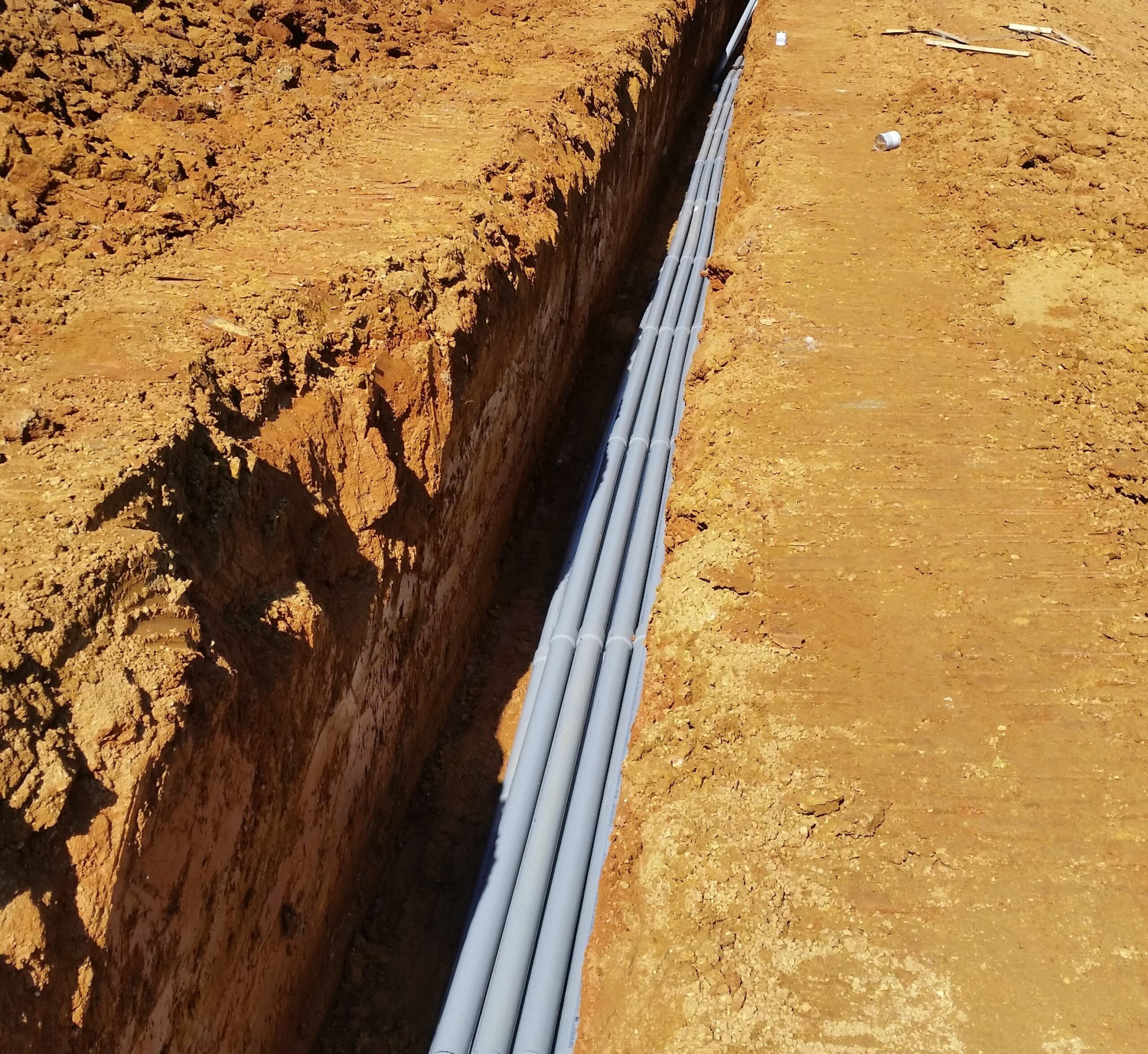
Thinking Outside the Bird Box
Along with utility coordination, Gresham Smith also provides utility design and construction inspection services. Utility inspection services include the daily inspection of utility installation for compliance with local codes, as well as material verification and associated document control. Utility design services are offered for both DOT and non-DOT projects, where we contract directly with a utility company to provide design for new facilities as well as relocation design on DOT projects. Currently, we provide design services for water, sewer, natural gas and power companies, as well as telephone, cable TV and fiber-optic companies.
One thing that’s constant when working with a large number of utilities is that every project represents something new, as each of our clients does things differently. And because each client has a different set of requirements, it gives us the opportunity to think “outside the box” when coming up with design solutions for a diversity of projects.
A good example of this creative thinking in action is the design we provided for the City of Morristown’s Main Street elevated sidewalk lighting project. Along with being tasked with upgrading downtown Main Street’s existing lighting and the overall appeal of its historic elevated sidewalk system, we were asked to address a problem of the feathered variety.
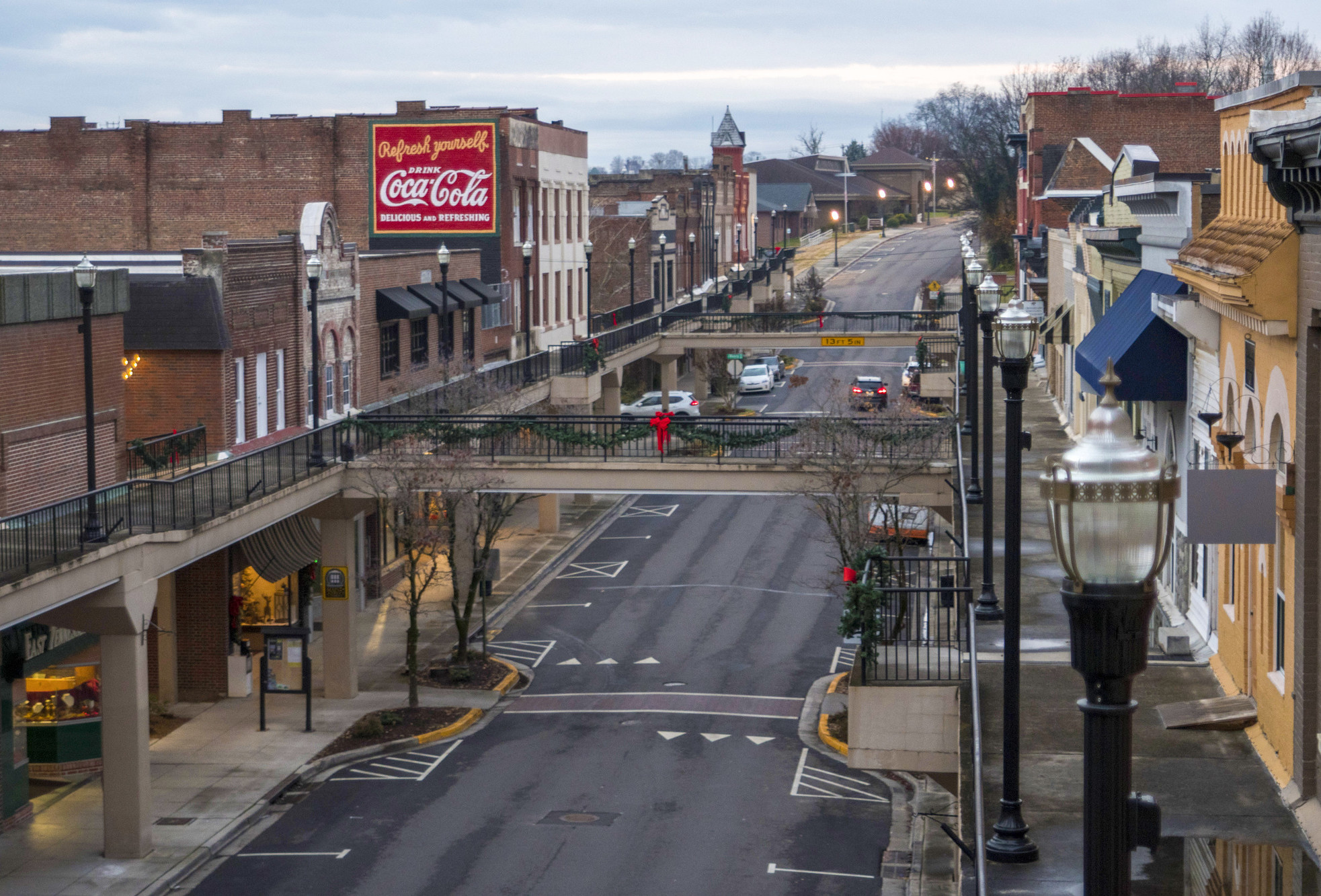
Also known as the SkyMart, the underside of the elevated sidewalk, which is one of the last elevated sidewalks in the United States, was completed with electrical facilities installed within a cable tray. Over the years, the City began to have issues with pigeons nesting within the cable trays beneath the elevated sidewalk where the power conduits ran, causing potential health risks to the public, as well as electrical issues and concerns for local business owners operating in the downtown area.
To address this issue, we enclosed the entire lower part of the sidewalk with lay-in PVC ceiling tile and lay-in LED lighting speaker systems. The end result is a clean sidewalk, minus the pigeons’ “calling cards,” where seasonal music can be enjoyed under enhanced lighting during the holiday season.
Ultimately, effective utility coordination can save millions of dollars in impacts to utilities as well as delayed construction schedules. At Gresham Smith, we pride ourselves on being able to provide an entire utility practice comprising utility coordination, design and inspection, giving our clients a distinct advantage. Our Utility Services staff provides over 20 years of experience in how utilities, local government agencies, project engineers and contractors should all work together. And perhaps most importantly, this gives us the ability to effectively manage those hidden and often-pesky unknowns that lurk beneath the surface!
